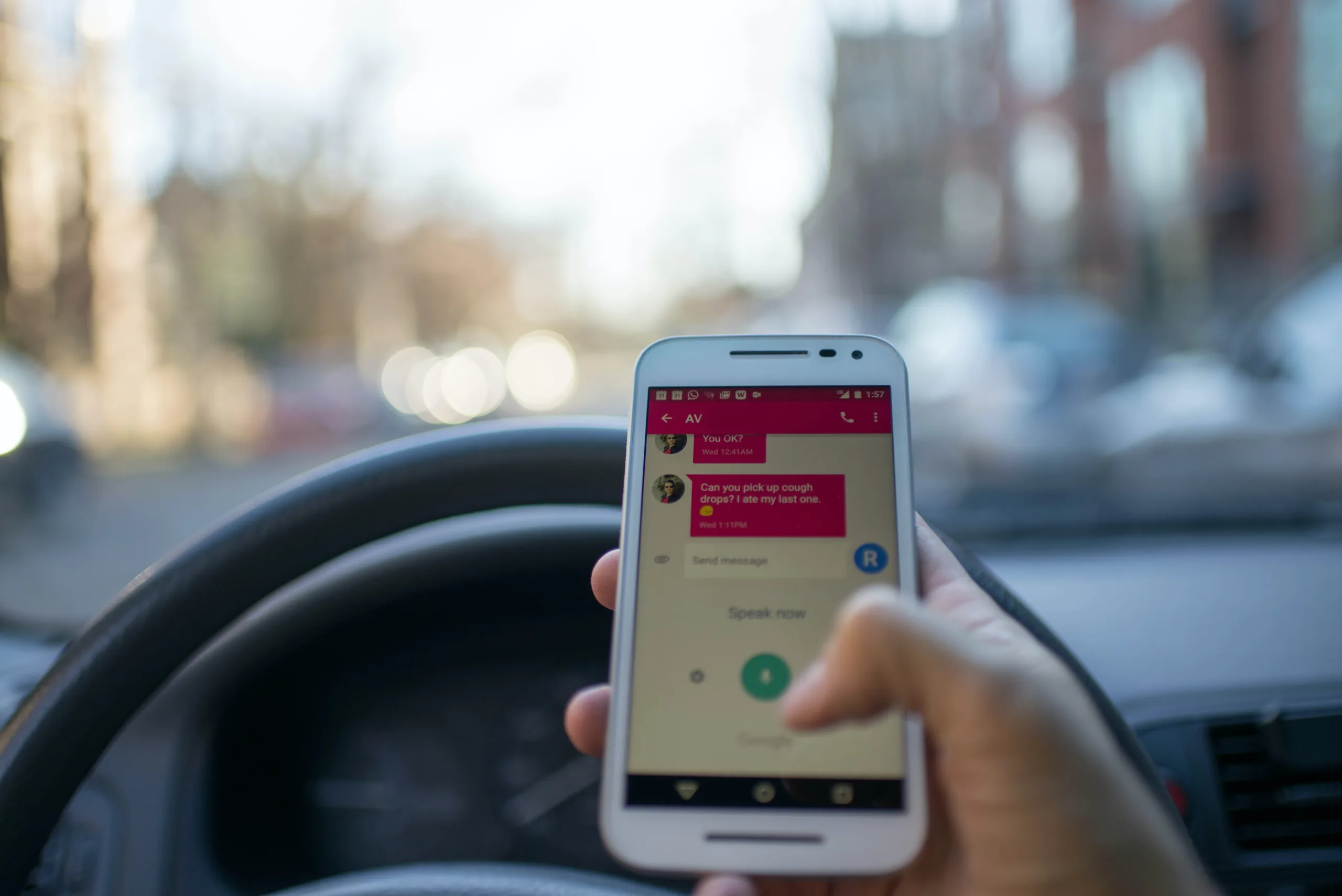Distracted driving is a very common behaviour observed on the road which is dangerous and can have devastating consequences. In this series of Road Safety Awareness article, we will explore the term ‘distracted driving’; why it is an area of concern for road safety; how increased use of mobile phones/smartphones leads to distracted driving and what simple steps a person can take to minimise or avoid distracted driving.
1. What is Distracted Driving?
The term “distracted driving” refers to any activity or action that diverts attention from driving. There are four main types of distraction:
1.1 Visual Distraction:
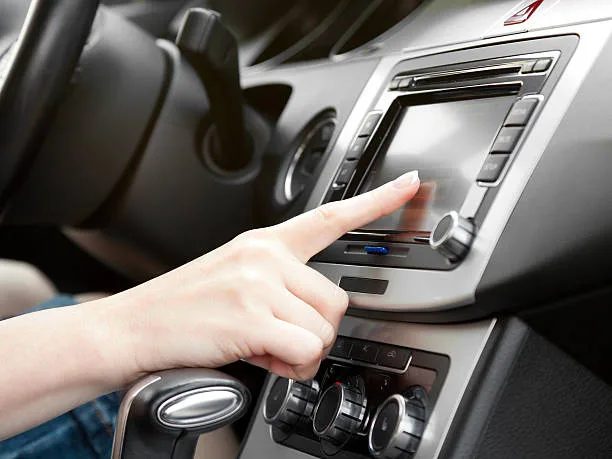
Tasks that require the driver to look away from the roadway to visually obtain information. E.g. looking for items on the floor of the car, checking and adjusting your GPS or music system, looking at any advertisement on the roadsides, doing your makeup etc.
1.2 Manual Distraction:

Tasks that require the driver to take a hand off the steering wheel and manipulate a device. E.g eating and/or drinking, adjusting your child’s seatbelt, smoking, searching through your purse or wallet etc.
1.3 Cognitive or Mental Distraction:
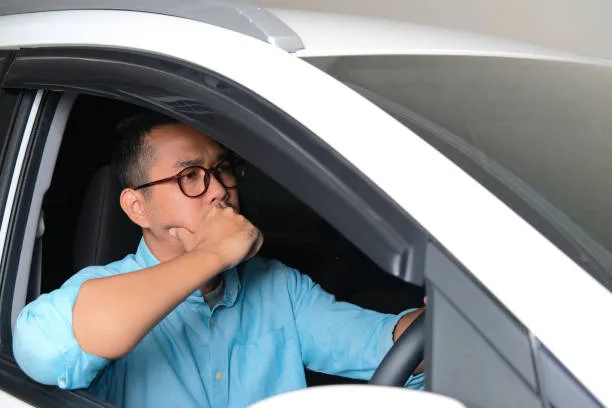
Tasks that are defined as the mental workload. E.g thinking about something other than the driving task, daydreaming, being under the influence of drugs and/or alcohol etc.
1.4 Auditory Distraction:
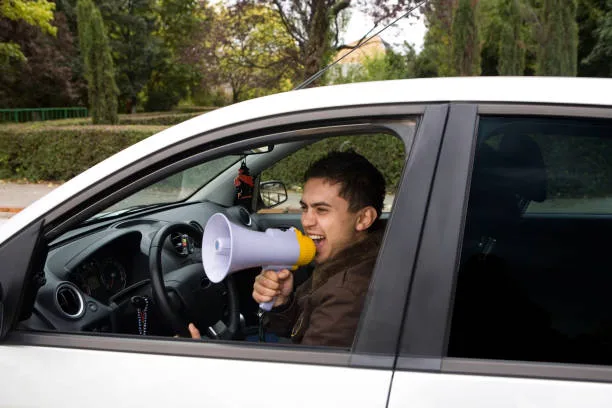
It is caused when sounds prevent drivers from making the best use of their hearing because their attention has been drawn to whatever caused the sound.
There are several types of distractions that are becoming a leading cause of road collisions and fatalities. The most common is the use of mobile phones by the driver while driving or by other road users (e.g. pedestrians/cyclists) is a growing concern for road safety. Distraction is not limited to the use of mobile phones only.
Distractions can be inside the vehicle or outside the vehicle. In addition to the use of mobile phones, internal distractions can be eating, drinking, talking to passengers, using the navigation system, listening to music or watching the screen etc. The external distractions may be banners & billboards, and other road environments
2. Some shocking facts and statistics about distracted driving:

It is quite difficult to get worldwide statistics on distracted driving due to different levels of reporting in various countries/continents. Below are some shocking facts and statistics from a few countries.
- In India, distracted driving led to approximately 20% of road traffic accidents in 2021 (Ministry of Road Transport and Highways).
- In the United States of America, 8% of fatal crashes, 14% of injury crashes, and 13% of all police-reported motor vehicle traffic crashes in 2020 were distraction-affected crashes (NHTSA – National Highway Traffic Safety Administration).
- Nine (9) people in the United States are killed every day in crashes that are reported to involve a distracted driver (NHTSA).
- Distracted driving was reported to be the primary cause of nearly 16% of fatal crashes and 21% of serious injury crashes each year in Australia (Australian Automobile Association).
- About 1 in 5 of the people who died in crashes involving a distracted driver in 2019 were not in vehicles―they were walking, riding their bikes, or otherwise outside a vehicle.
- Those drivers using mobile phones are approximately 4 times more likely to be involved in a crash than drivers not using a mobile phone.
- Texting increases the risk of a crash or a near-crash by up to 15 times for car drivers and over 20 times for truck drivers.
- Those who send text messages while driving has their eyes off the road about 10% of the time. This increases to 40% when drivers retrieve and send text messages.
Disclaimer: The above facts/figures are general in nature and for information only to indicate the growing concern related to distracted driving. We have taken utmost care and attention to ensure that these statistics are accurate and current, however, we do not guarantee it. HSEC Awareness website accepts no liability for this information.
3. Why Distracted Driving is a growing concern in today’s world:
Using a phone while driving slows reaction times (notably braking reaction time, but also a reaction to traffic signals), and makes it difficult to keep in the correct lane, and to keep the correct following distances.
Hands-free phones are not much safer than hand-held phone sets, and texting considerably increases the risk of a crash.

Do you agree that sending or reading a text takes your eyes off the road (even for a few seconds)? Let’s suppose it is for 2 seconds, it’s nothing, is it?
See how far you travel at different speeds when you take your eyes off the road for just two seconds:
| Travel speed | Metres travelled in 2 seconds |
| 40 km/h | 22.22 |
| 50 km/h | 27.78 |
| 60 km/h | 33.33 |
| 80 km/h | 44.44 |
| 100 km/h | 55.56 |
A person cannot drive safely unless the task of driving has his/her full attention. Any non-driving activity is a potential distraction and increases the risk of crashing.

In recent years, the number of mobile phone users has increased rapidly due to affordability and the growth of the telecommunication industry. As per the report from Statista, the number of mobile phone users worldwide stood at approximately 7.26 Billion in 2022 and is projected to reach 7.49 Billion in 2025.
This trend would make the use of mobile phones among drivers very common. If more people will use their phones while driving, the risk of accidents and injuries would certainly increase. As such, concern about distracted driving is increasing worldwide.
Many countries have already started implementing laws and regulations on distracted driving to address the issue.
4. Is only drivers or motorists involved in distracted driving:
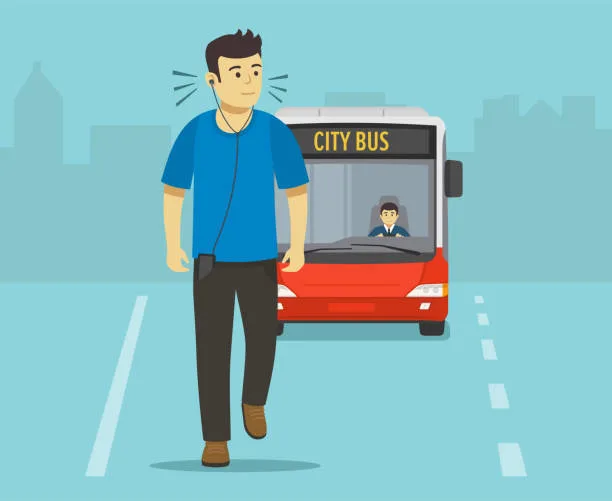
Other road users such as pedestrians or cyclists could also be distracted and in such cases, consequences are not limited to themselves and may involve other road users too. For instance, a pedestrian who is talking on the phone or using headphones for listening to music or texting could step out into the street (being in the line of fire) as not paying attention to the surrounding thus resulting in a collision.
Similarly, a distracted cyclist could swerve into traffic or collide with a pedestrian and/or other vehicles (many counties do not have dedicated cycle lanes or road crossings) due to a lack of attention or not being aware of surroundings.
5. How to deal with Distraction:
In several countries, Governments and other agencies have already implemented laws and regulations on distracted driving. However, individual determination is required for their own behaviour as a responsible driver or a road user.
Distraction is a challenging and difficult risk to manage. Although some degree of distraction is unavoidable, a few simple steps can be taken to avoid becoming a victim of distracted driving.
5.1 Concentrate on your driving – no daydreaming:
This is easier to say than doing it. Paying too much attention to your thoughts might compromise the quality of observations and decision-making while driving. It may be difficult to stop yourself from becoming distracted but if you find yourself engaged in thought or distracted by other means, then it is important to focus on your driving as soon as you realize it.
Avoid driving if you are going through an emotional event or soon after it. Maybe give yourself enough time to cool down if it’s unavoidable.
5.2 Determine what distracts you:
Many drivers occasionally engage in distracting behaviour or activity without realizing the additional risks associated with it. Drinking (tea, coffee, water), eating, using an infotainment system etc. are a few examples what most of drivers do without realizing the risks. Asking questions to yourself “will this distract me” might be a good start on this. How would you feel if other people do the same? These kinds of self-assessments might change your perspective.
5.3 Use of Technological solutions:
Nowadays many smartphones have an in-built feature of “Do Not Disturb While Driving” which disables the notifications and calls when activated. Those smartphones which do not have this feature may use some third-party application. However, these require action from the user such as activating the feature prior to commencing the journey.
5.4 Mindful behaviour and self-control:
Distracted driving can be prevented if the drivers are mindful of their behaviour and resist the urge to check their mobile phone and/or engage in other activities whilst driving. This requires a conscious decision and strong motivation/willpower to control the urge.
5.5 Legal & Financial Impact:
I am sure nobody likes to get caught for distracted driving and have legal as well as financial impact. Although this is one of the major factors to change the behaviour of drivers to avoid distracted driving, However, this should not be a motivation for avoiding distracted driving. Distracted driving should be avoided for your own safety and the safety of passengers not because of the fear of getting fined and penalties.
Thus, it can be concluded that distracted driving affects all road users and is a difficult challenge to manage which requires effort and discipline from each one. By taking some small steps, we can make our roads safer and minimise or prevent untoward incidents and injuries. Whether it is restricting the urge of using the phone, refraining from drinking or eating, paying attention to surroundings etc.
We can help each other to make the road safer and the journey more enjoyable by taking the conscious decision to avoid distracted driving.
Click the link to read more on Road Safety Awareness Topics.
Click here to go to Home Page.
For future updates, suggestion and discussion, please connect with us on Facebook, Twitter & Linkedin.
